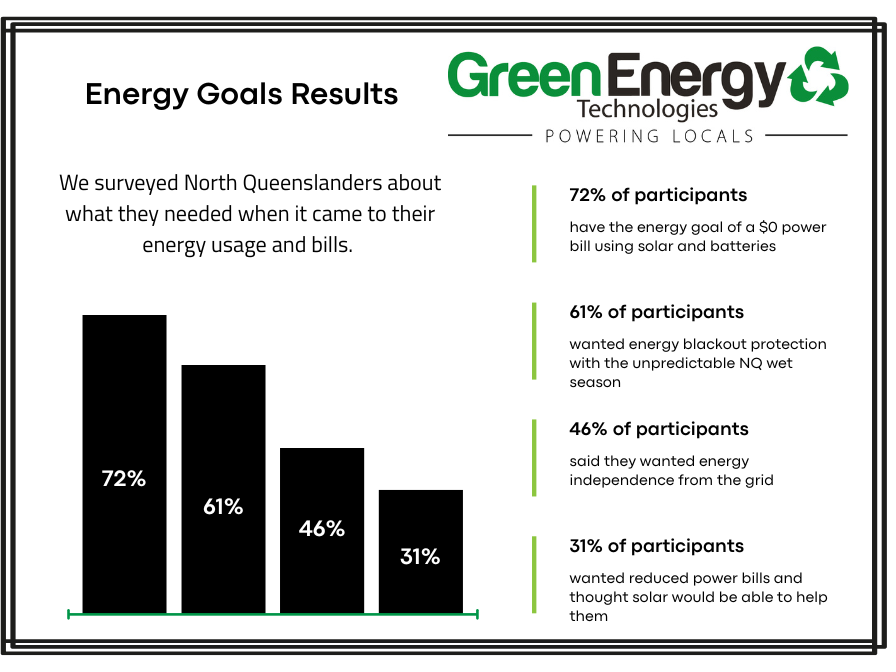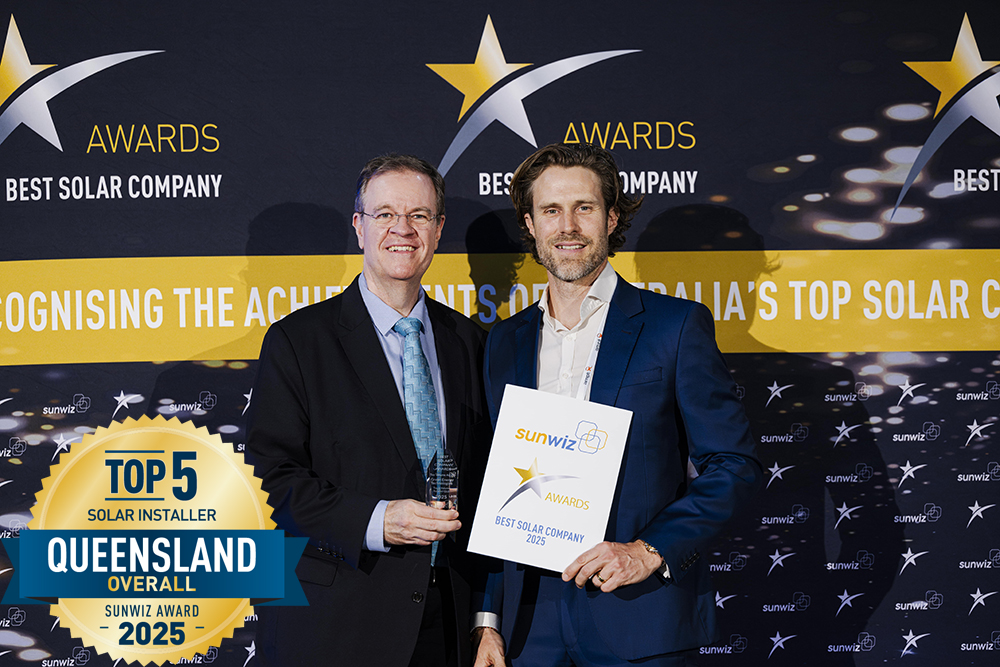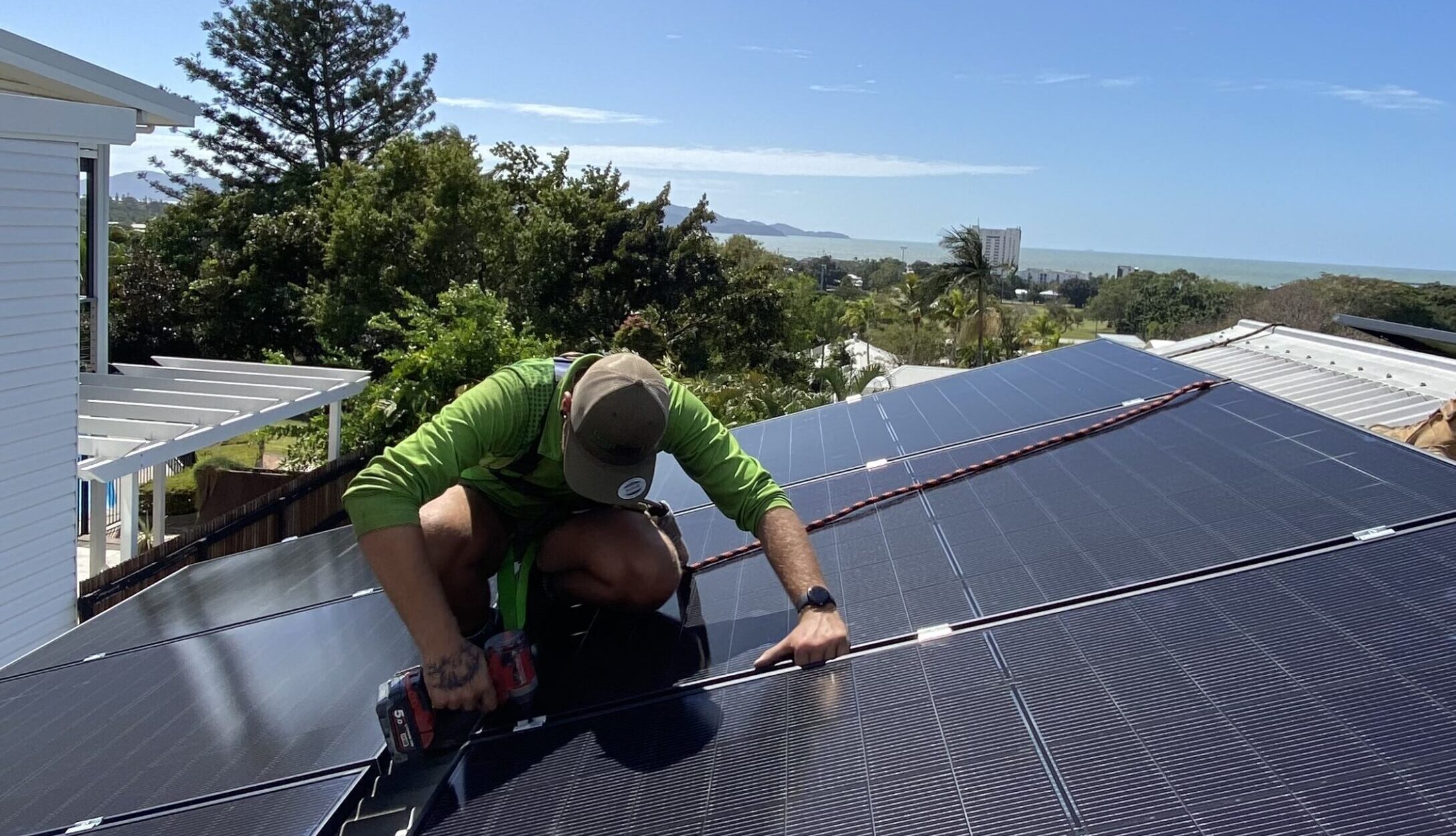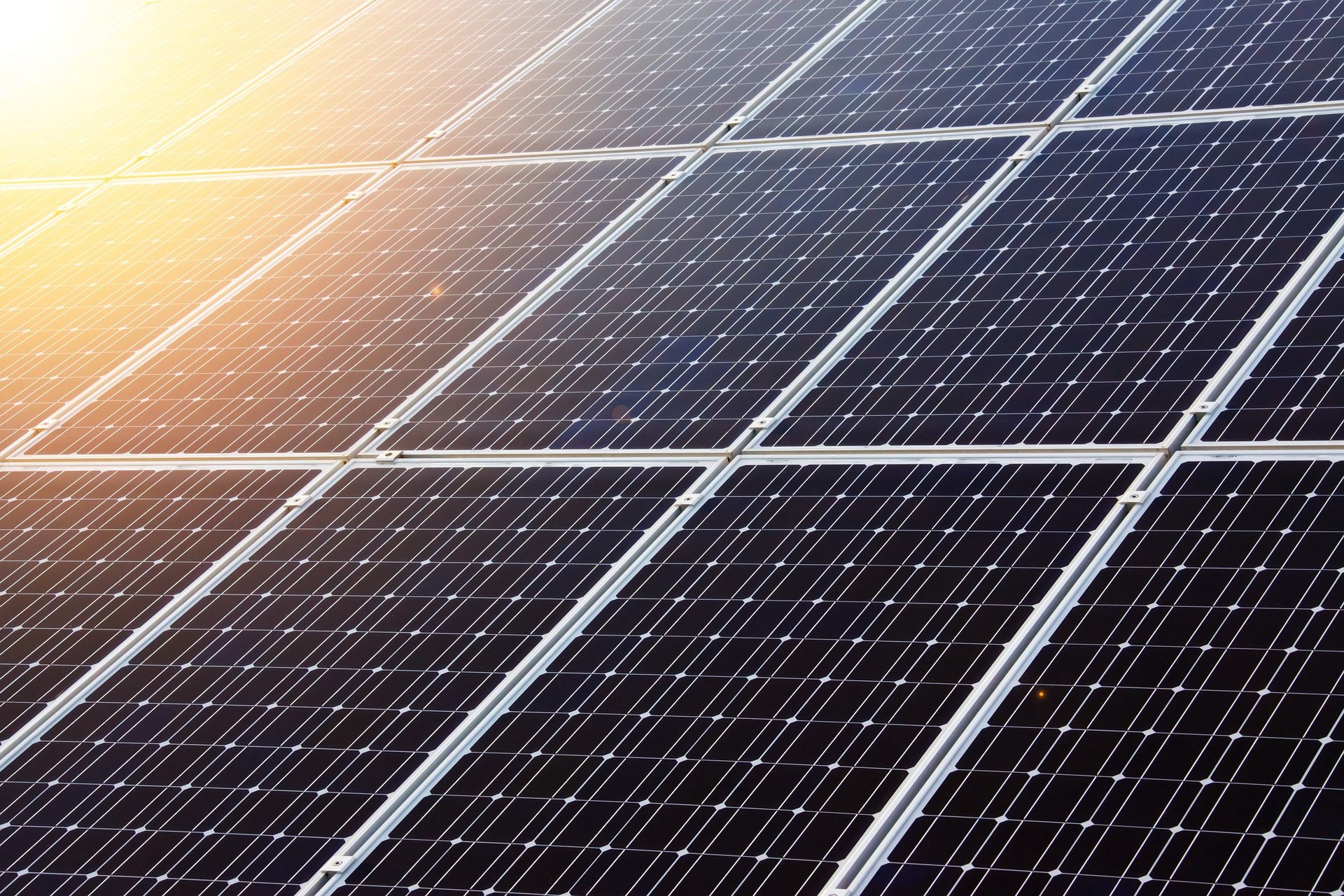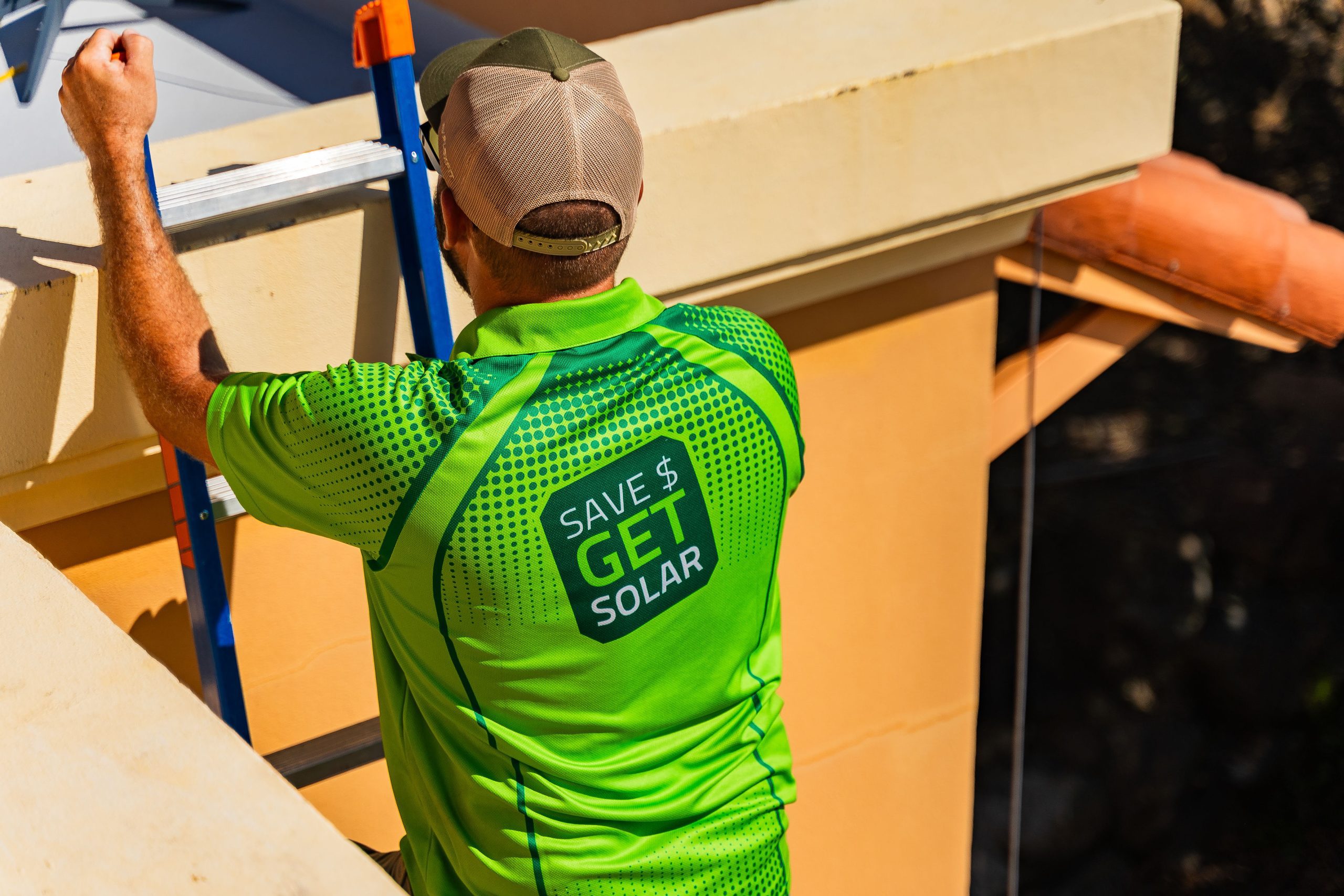Solar Capacity and Solar Battery Capacity Explained
When it comes to getting the most out of your solar system, understanding your system’s capacity is key. From the size of your system to the amount of sunlight your panels receive each day, several factors determine how much power you can generate — and how much you can save.
In this article, we’ll break down what solar capacity and solar battery capacity means, what affects it throughout the day, and how you can calculate the right size solar system that will fit your energy usage in your home or business.
What Is Solar and Solar Battery Capacity?
Solar capacity refers to the amount of electricity your solar system can produce under ideal conditions — usually measured in kilowatts (kW). For example, a 6.6kW solar system can at maximum, produce 6.6 kilowatts of power per hour (kWh) in peak conditions.
Solar battery capacity works in much the same way, but it means the amount of energy (kWh) that a solar battery can hold to power your home when your solar system isn’t producing energy. A 10kW solar battery can therefore hold a maximum of 10kWh of power.
Each solar panels’ capacity determines the total solar system size and capacity.
Different types of solar panels have different Watt (W) capacities which determines the panel’s power output. Cheaper or poorly made solar panels might have lower capacity and thus lower power output, meaning they won’t produce the same amount of energy as a panel of higher quality and capacity.
For instance at Green Energy Technologies, we install our own GET360 solar panels which have high power outputs ranging from 440-515 Watts per panel. Meaning you’d need less panels to make up a 6.6kW system than panels with a lower capacity. This gives you the option to install additional panels with the available roof space.
Average Capacity Factor for Solar Systems
While your system may be ‘rated’ (the total maximum kW output) for a certain kW solar capacity, it won’t produce that level of solar power for the entire day. This is where the average capacity factor for solar comes in — it measures the actual output compared to the system’s rated maximum capacity.
So that 6.6kW system we mentioned earlier might average around 24kW a day, with variances on either side of that number due to a number of reasons.
So why does a solar system not produce the maximum capacity/energy at all times?
The below factors all impact the power output of your solar system:
The building location and average weather conditions, cloudy skies lower the amount of sunlight reaching your panels
The roof angle and direction the solar panels are placed: the ideal panel orientation for Queensland is north-facing or northwest or northeast
Shading from nearby trees or buildings
The solar system’s efficiency and maintenance: panels that become ‘dirty’ covered by debris, dust and leaf litter can obstruct the cells in the panels, blocking the sunlight from reaching them
Time of year, shorter winter days means less sunlight, longer summer days means more sunlight
Solar Capacity Throughout the Day
Solar generation follows the sun’s path — starting low in the morning, peaking around midday, and dropping off in the evening before stopping when the sun can no longer reach the solar panels.
A lot of the time, the peak solar production time, midday, does not coincide with an average person’s energy consumption. With the average person out of the house during the week for work, school etc, the majority of energy being generated by the solar system is in excess of what the house’s energy needs are.
Solar systems without an attached solar battery then export this excess energy (kW) back to the grid in exchange for credit on their energy bill (Solar Feed-in Tariff).
Houses with a solar battery store this excess power that is generated during the peak sunlight hours, so it can be used later.
The below graph is an example of a home’s energy usage throughout the day and how the solar system and battery are used to cover their power needs.
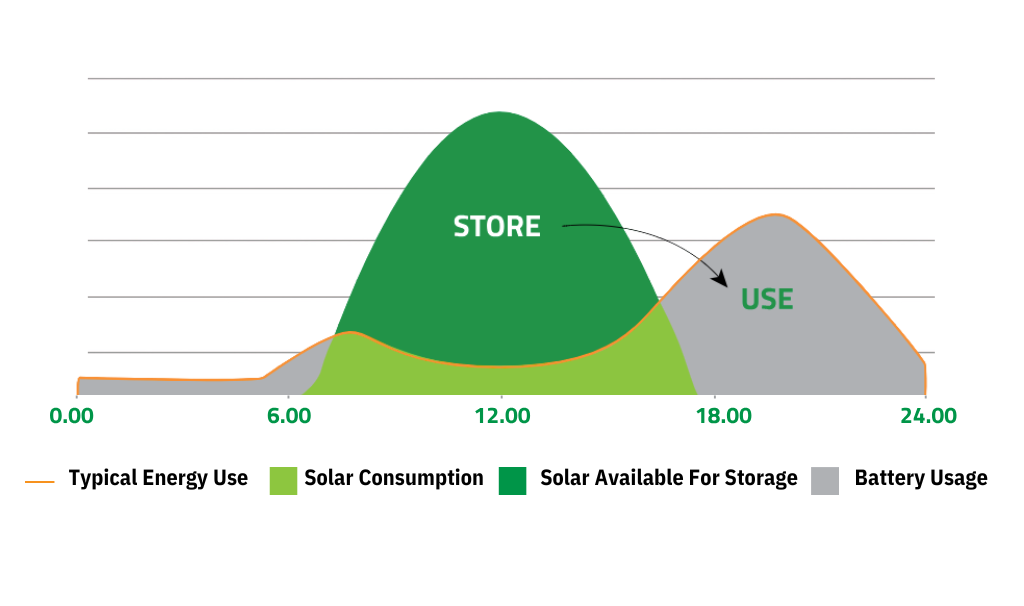
Maximising Your Solar Battery Capacity
Pairing your solar panels with a battery is one of the best ways to increase your capacity without investing in a larger solar system.
A 10kWh battery, for example, can power the average home for several hours at night or during cloudy weather when sunlight is obscured. The right combination of panel and battery capacity ensures round-the-clock energy coverage, effectively reducing your power bills to $0.
Accredited solar installers can design custom solar solutions that match your energy needs by evaluating your electricity bills, assessing your available roof space and planning out the optimal positioning so that your panels receive the most amount of sunlight.
How to Calculate Solar Capacity?
If you’re wondering, “How much solar capacity do I need?”, it depends on your household’s energy consumption and solar suitable roof space.
See our below calculator to get a gauge on your solar capacity.
You’ll need the following information to get an accurate calculation:
- Your average daily energy usage (your latest energy bill will list it in kWh)
- The average number of sunlight hours your solar panels will receive a day
- Your Tariff (the pricing rate your energy company charges for your property which you can find on your energy bill)
- Your system’s estimated efficiency percentage (this can vary on different types of solar panels).
You’ll be able to see the solar production and savings from different system sizes to see which is the most likely to cover your energy needs.
Alternatively, a solar expert from Green Energy Technologies can provide you with a free solar consultation and help you plan out the best solar solution for your property.
Have a question about your solar capacity and what it means for your energy bills? Call us on 07 4940 2900 or reach out today to find out more.
